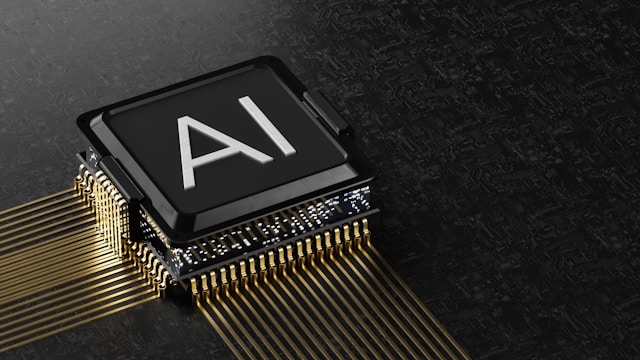Blockchain is rapidly changing industries, from finance to medicine. Every day, more and more applications based on this technology emerge, and with them come challenges for testers. Testing blockchain applications is challenging but incredibly fun. If you want to figure out where to start, this article is for you.
Understanding the basics of blockchain
Before you start testing, it’s important to understand how the technology itself works. Blockchain is a distributed database where data is stored as a chain of blocks. Each block contains transactions, and their correctness is verified by cryptography. Knowing the principles of decentralization, consensus, and smart contracts is your first step.
What to study:
- The differences between public and private blockchains (e.g. Ethereum and Hyperledger);
- Basic consensus algorithms (Proof of Work, Proof of Stake);
- The structure and logic of smart contracts.
Choice of tools
There are many tools available for testing blockchain applications, from frameworks for writing tests to network simulators. Here are a few popular choices:
- Ganache – a tool for locally creating an Ethereum blockchain;
- Truffle – a framework for developing, testing and deploying smart contracts;
- MythX – a service for analyzing the security of smart contracts;
- Postman – convenient for testing blockchain interaction APIs;
- Focus on security
Security is a top priority when testing blockchain applications. A mistake in the code of a smart contract can cost millions of dollars. Key aspects:
- Analyze smart contract code. Use a static analyzer to find vulnerabilities;
- Resilience testing. Simulate attacks such as repeated transactions or overflows;
- Verify consensus algorithms. Make sure the network is resilient to Sybil and 51% attacks.
Performance testing
Blockchain applications must be able to handle high load. It is important to test:
- Transaction confirmation rates;
- Network resilience as the number of nodes increases;
- API performance under peak load conditions.
Use tools like JMeter or Locust to simulate a large number of requests.
Business logic testing
Smart contracts are the heart of blockchain applications. They need to be tested against business requirements. Make sure that:
- All scenarios, including exceptional scenarios, are handled correctly;
- Interactions with users and other contracts are error-free;
- Data is written to and read from the blockchain correctly.
Don’t forget about the user interface
Despite the complexity of the technology, the end user works with a familiar interface. Test:
- Ease of interaction with wallets and signing transactions;
- Correctness of displaying data retrieved from the blockchain;
- Possible UI delays when interacting with the network.
Automation and CI/CD
Blockchain is a dynamic environment. Test automation and the use of CI/CD help you find problems quickly. Integrate smart contract testing tools into your pipeline so that each new version is tested without manual intervention.
Conclusion
Testing blockchain applications requires not only technical knowledge, but also a deep understanding of the technology itself. Learn the basics, choose the right tools, and don’t forget about security. With each new project, you will dive deeper into this fascinating world. After all, behind every blockchain are opportunities to create new and better solutions.





